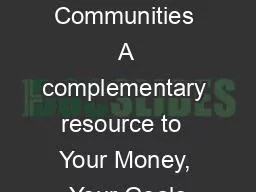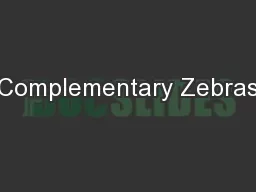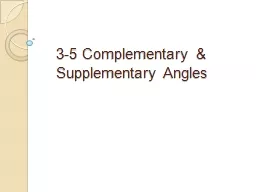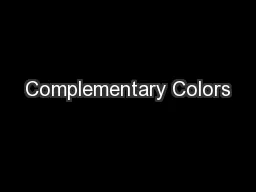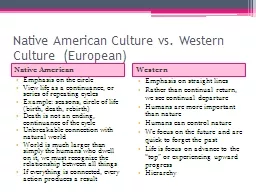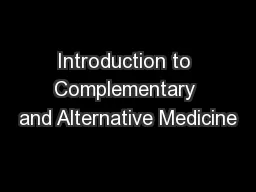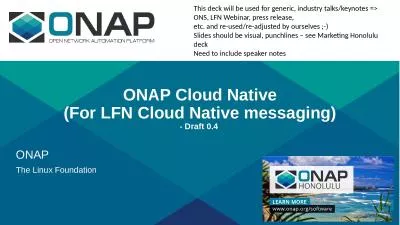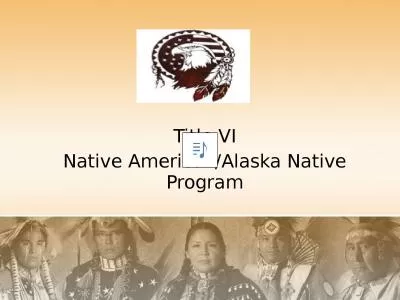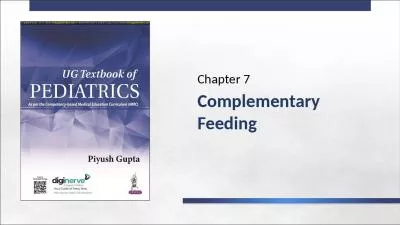PPT-Focus on Native Communities A complementary resource to Your Money, Your Goals
Author : calandra-battersby | Published Date : 2019-11-02
Focus on Native Communities A complementary resource to Your Money Your Goals DISCLAIMER This presentation is being made by a Consumer Financial Protection Bureau
Presentation Embed Code
Download Presentation
Download Presentation The PPT/PDF document "Focus on Native Communities A complement..." is the property of its rightful owner. Permission is granted to download and print the materials on this website for personal, non-commercial use only, and to display it on your personal computer provided you do not modify the materials and that you retain all copyright notices contained in the materials. By downloading content from our website, you accept the terms of this agreement.
Focus on Native Communities A complementary resource to Your Money, Your Goals: Transcript
Download Rules Of Document
"Focus on Native Communities A complementary resource to Your Money, Your Goals"The content belongs to its owner. You may download and print it for personal use, without modification, and keep all copyright notices. By downloading, you agree to these terms.
Related Documents

